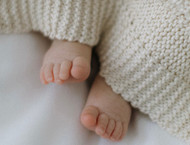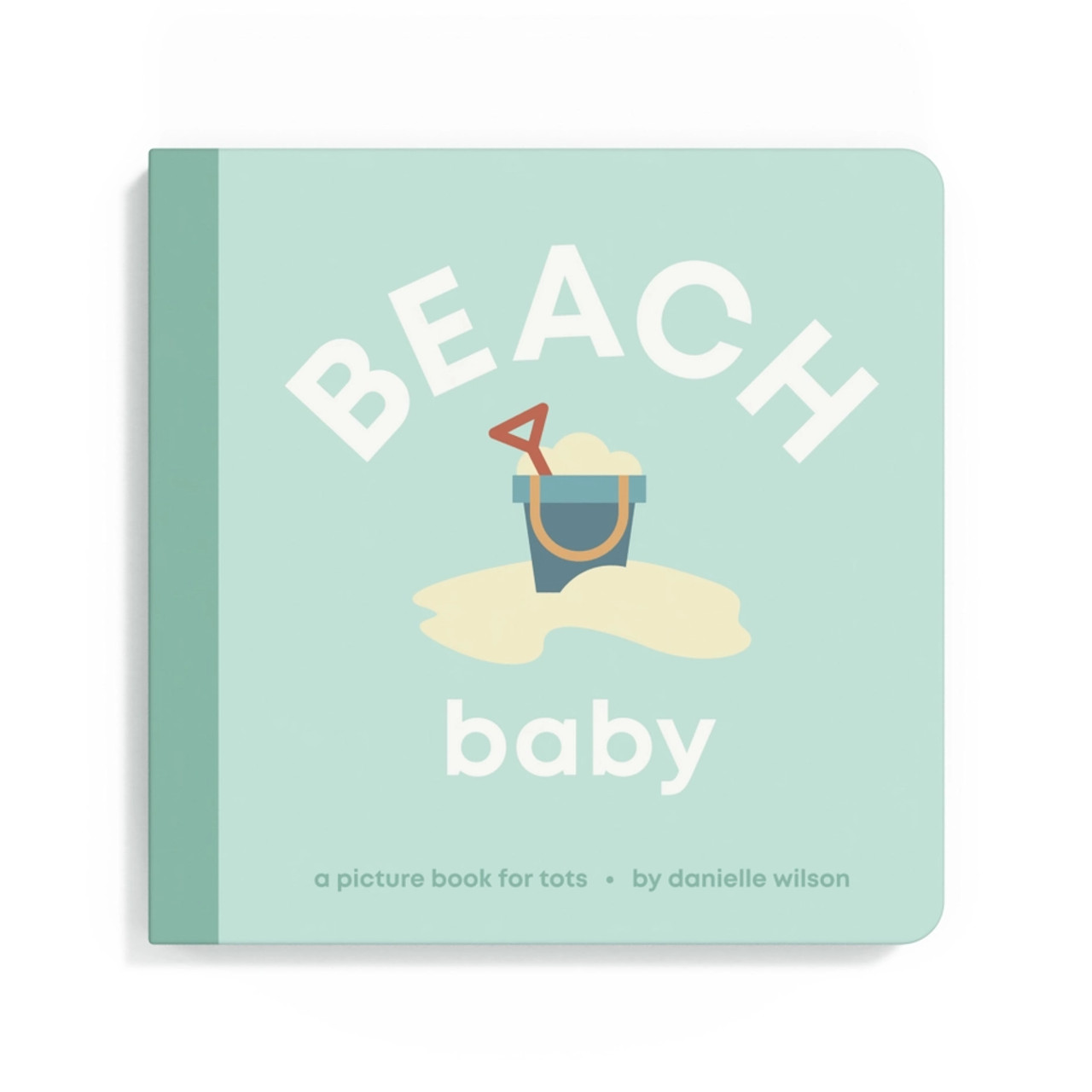Aug 11th 2025
Best Baby Toys for Every Development Stage (0–12 Months)
Your baby’s first year is a whirlwind of growth: physically, cognitively, and emotionally. Did you know that by six months, babies can recognize familiar faces and by nine months, most have developed the fine motor skills to grasp small objects? The right toys don’t just pass the time; they can spark curiosity, strengthen motor skills, and encourage important milestones like reaching, grasping, rolling, and crawling.
Research shows that 90% of a child’s brain development happens before age five, making these early months critical. By choosing playthings that align with each stage of development, you’re giving your baby more than fun; you’re giving them building blocks for learning and confidence that last a lifetime.
In this blog, we’ll walk through the best toys for every age from newborn to one year, so you can create playtime that’s both joyful and purposeful.
0–3 Months: Sensory Exploration
At this stage, babies are beginning to explore the world through sight, sound, and touch. Their vision is still developing, so toys with high-contrast colors and simple patterns are most engaging.
- Crib Mobile: Mobiles with black-and-white or bold, contrasting patterns capture a newborn’s attention. Musical mobiles with soothing melodies, like lullabies, calm babies and stimulate auditory development.
- Organic Cotton Loveys: Organic Cotton Loveys are soft, safe comforters that soothe babies and support early touch development.
Tip: Ensure toys are safe, free of small parts, and easy to clean.
3–6 Months: Motor Skills and Coordination
By 3–6 months, babies start grasping objects, rolling over, and engaging more with their surroundings. Toys should encourage fine motor skills and hand-eye coordination.
- Textured Soft Toys: Toys with varied surfaces (rough, smooth, crinkly) enhance tactile development.
- Soft Rattles: Lightweight rattles with gentle sounds help babies track noises and develop eye coordination.
- Natural Wooden Teething Toys: Simple wooden shapes or rings, untreated and smooth, are perfect for babies to grasp and chew on safely, helping with both tactile sensation and teething relief.
Tip: Choose toys that are easy for small hands to hold and free of sharp edges.
6–9 Months: Cause-and-Effect Exploration

Between 6 and 9 months, babies begin sitting, crawling, and understanding basic cause-and-effect relationships. Toys that respond to their actions are particularly engaging.
- Shape Sorters: Simple sorters with large shapes develop fine motor skills and problem-solving abilities.
- Bath Toys: Floating toys or water pourers encourage play during bath time and enhance coordination.
Tip: Opt for sturdy toys that can withstand active play, as babies may start throwing or banging them.
9–12 Months: Independence and Imagination
By the end of their first year, babies become more mobile and begin imitating adults. Toys should support their growing independence and spark imaginative play.
- Eco-friendly Board Books: Board books with thick pages and bold images boost visual and tactile development in babies.
- Sensory Play Mats: Mats with varied textures and attached soft toys encourage babies to reach, grasp, and roll, promoting gross and fine motor development.
- Simple Musical Instruments: Mini drums or xylophones let babies experiment with sounds and develop a sense of rhythm.
Tip: Choose toys that encourage creativity and avoid overstimulation from excessive lights or sounds.
General Tips for Choosing Baby Toys
When choosing toys for babies, keeping a few key factors in mind can make all the difference in their safety and development.
- Safety: Ensure toys are free of small parts, sharp edges, or toxic materials. Look for “BPA-free” labels and safety certifications (e.g., CE or ASTM).
- Simplicity: Overly complex toys can overwhelm babies. Select age-appropriate, straightforward designs.
- Versatility: Toys with multiple uses keep babies engaged longer.
- Cleanliness: Choose toys that are easy to clean, as babies often put them in their mouths.
- Caregiver Resources: If you’re involved in childcare, consider Rota nanny career, explore resources to enhance your ability to select developmental toys and create engaging play environments.
By focusing on these essentials, you’ll ensure that playtime is not only fun but safe and supportive of your baby’s growth.
Choosing the Perfect Toys for Your Baby’s Growth

Selecting toys for babies aged 0 to 12 months means matching their rapidly changing developmental needs. From soothing sensory mobiles to interactive shape sorters and musical instruments, every toy offers a unique way to support cognitive, motor, and sensory skills. Always prioritize safety, age-appropriateness, and toys that encourage learning through play. Remember, the most valuable part of playtime is your love, attention, and interaction, it’s what truly helps your baby thrive.
Ready to find the perfect toy for your little one?
Explore our carefully curated collection of organic, safe, and developmentally designed toys at Our Green House and give your baby the gift of joyful learning today!




